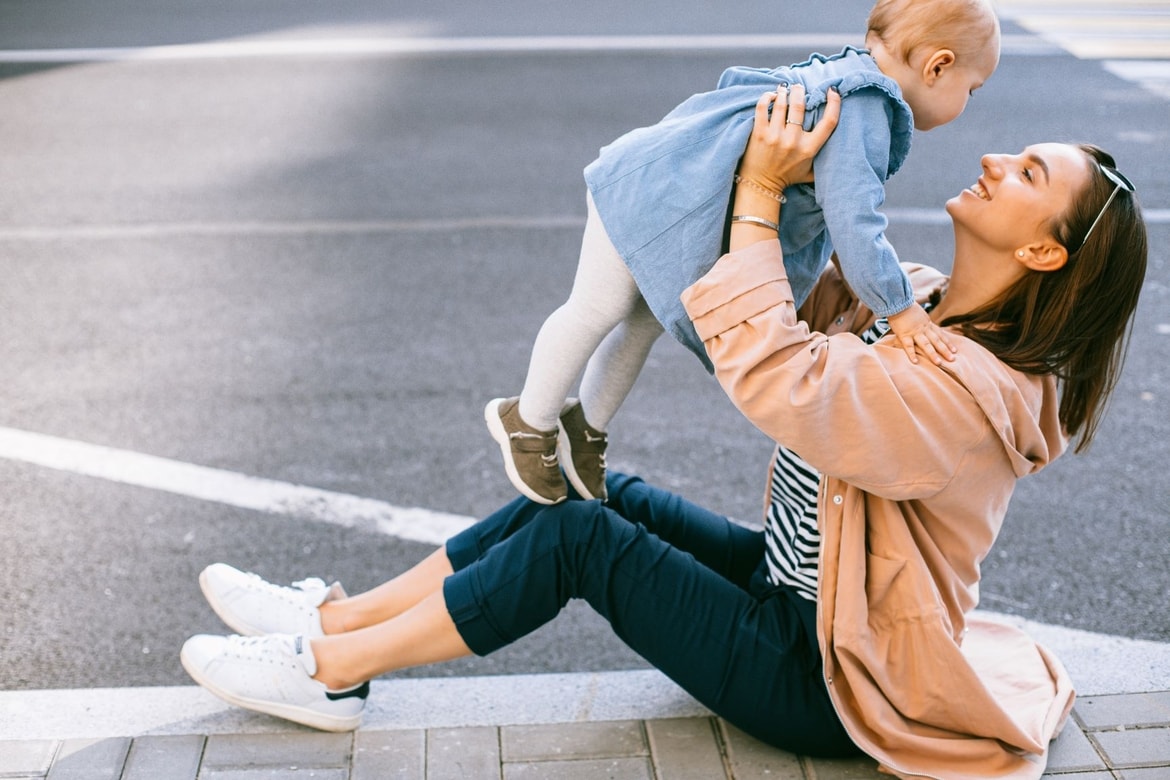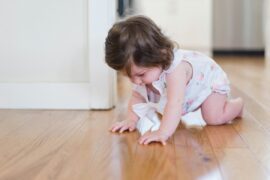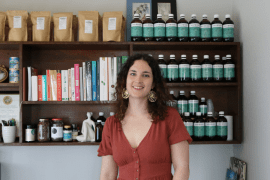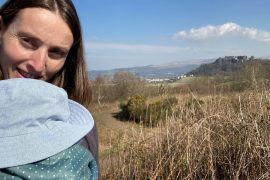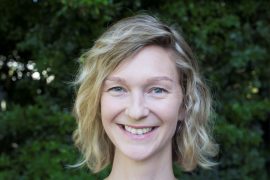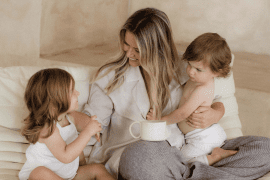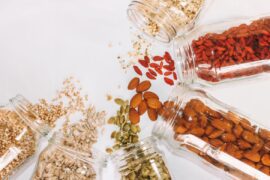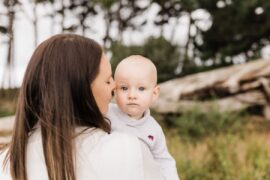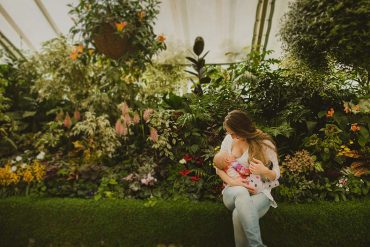By Caroline Freedman
I am often contacted by anxious parents of children who have recently been diagnosed with scoliosis. What many of them have in common is that before hearing this diagnosis, they have never heard of the condition or its symptoms. Awareness of this condition is essential in allowing it to be diagnosed in good time, which I why I think it is so important for me and others like me to share our stories.
Scoliosis is an S-shaped double curvature of the spine. Although many people know very little about it, it is by no means a rare condition.
In fact, 3 to 4 children in every 1000 require specialist treatment for the condition, 80% of whom are girls. The majority of cases are idiopathic (of unknown cause) with the condition starting at the onset of puberty.
Like many of the mothers who I hear from today, my mother had never heard of scoliosis before the fateful day of my diagnosis. I often wonder how life might be different if my symptoms had been noticed earlier. If caught early, it is sometimes possible to correct scoliosis with the use of a back brace and the implementation of proper exercises. Without knowing what to look out for, however, it is very difficult to spot the early signs of spine curvature.
My S-shaped spine was discovered at the age of 15 while I was taking part in an exercise class. At this point, the curves in my spine were already too severe for me to be able to consider the option of wearing a corrective brace. My ribs had buckled and twisted giving me a large rib hump. My diagnosis was a huge turning point in my life, and led to years of doctor’s appointments and hospital visits. When I turned 20, I had my first spinal correction surgery in order to prevent my curved spine from crushing my heart and lungs. Since then, I have had two further surgeries to help straighten my spine and correct the placement of my ribs.
Exercise is an essential element in managing scoliosis at all stages. Keeping the core muscles strong (including the muscles of the back, chest and abs) helps to alleviate pain both before and after surgery.
The simplest way to check yourself or your child for scoliosis is to bend over to touch the toes and observe the symmetry of the spine.
Signs of scoliosis as advised by the NHS include:
- A visibly curved spine
- Leaning to one side
- Uneven shoulders
- One shoulder or hip sticking out

